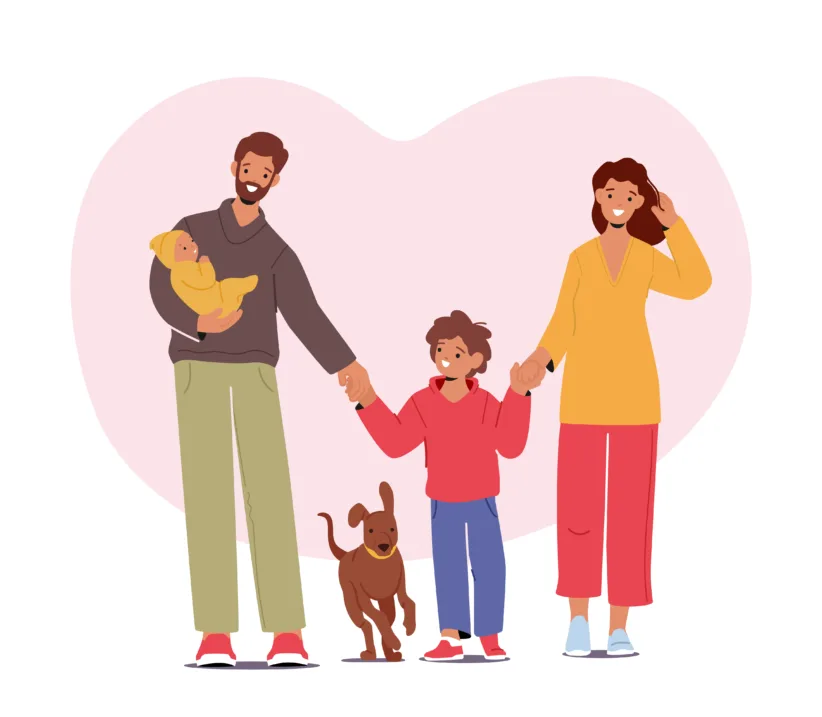Women with a personal or family history of mood disorders should talk with their physician prior to conceiving, as they are at a higher risk of developing conditions while pregnant or postpartum. If any of these symptoms of postpartum mood disturbances persist two weeks after delivery, women should get an evaluation by their physician or mental health professional.
Baby Blues occur in up to 80 percent of new mothers due in part to hormonal changes postpartum. Symptoms, which include extreme tearfulness, irritability, anxiety, mood swings, feelings of inadequacy, insomnia and fatigue, can appear right after delivery, peak at five days, and usually disappear by 12 days postpartum. A small percentage of women with baby blues go on to develop postpartum depression. Baby blues are the only one of these conditions considered a disturbance, not a disorder.
Postpartum depression occurs in up to 13 to 15 percent of women and is said to be the most common complication of childbearing. Symptoms parallel clinical depression and can include sadness, lack of interest in things (particularly bonding with the baby), feelings of guilt or inadequacy, worthlessness, irritability, impatience, sense of hopelessness, insomnia, change in appetite or concentration, difficulty enjoying things, and recurring harmful or suicidal thoughts. Symptoms can occur soon after delivery or up to a year postpartum.
Postpartum anxiety disorders, which include anxiety, panic, obsessive-compulsive, and post-traumatic stress disorders, occur in up to 10 percent of women suffering with postpartum depression. Symptoms vary according to disorder and may come and go, but one common characteristic they share is excessive worry that interferes with one’s ability to function. Following is a breakdown:
• Postpartum anxiety disorder symptoms could include feeling keyed up, tiring easily, irritability, fidgety, insomnia, and difficulty focusing.
• Postpartum panic disorder is characterized by sweating, trembling, nausea, dizziness, difficulty breathing, tight chest, and numbness in hands and feet.
• Postpartum obsessive-compulsive disorder symptoms include repetitive behaviors or thoughts which cause anxiety, worry or panic. It may also be accompanied by protective behaviors and constant, obtrusive thoughts related to the baby’s safety. Note this is not postpartum psychosis. Women with obsessive-compulsive have no intent of harming their child. These thoughts are very disturbing to them, and because they don’t understand it, the condition is accompanied by fear, shame, and emotional turmoil. This is, in fact, the one disorder people know the least about and most women are afraid to talk about for fear others will think they are crazy.
• Postpartum traumatic stress disorder occurs in women who experienced trauma during pregnancy, labor, or delivery. Symptoms, which can occur up to two months after delivery, can include flashbacks about what happened, nightmares, and hyper vigilance.
Postpartum psychosis is a rare disorder that occurs in only one to two percent of women who deliver. Symptoms usually develop within 48 to 72 hours postpartum and can include delusions, hallucinations, disorganized speech, and inappropriate behavior. Symptoms may also be preceded by a period of restlessness or agitation. Women with a history of bipolar disorder are at a higher risk for developing postpartum psychosis, and in-patient psychiatric treatment and medication may be required immediately.
Resources
• Postpartum Support International is an organization dedicated to providing information, resources, and support on postpartum issues. For more information, visit www.postp
• Www.MedEd
• Www.women






















